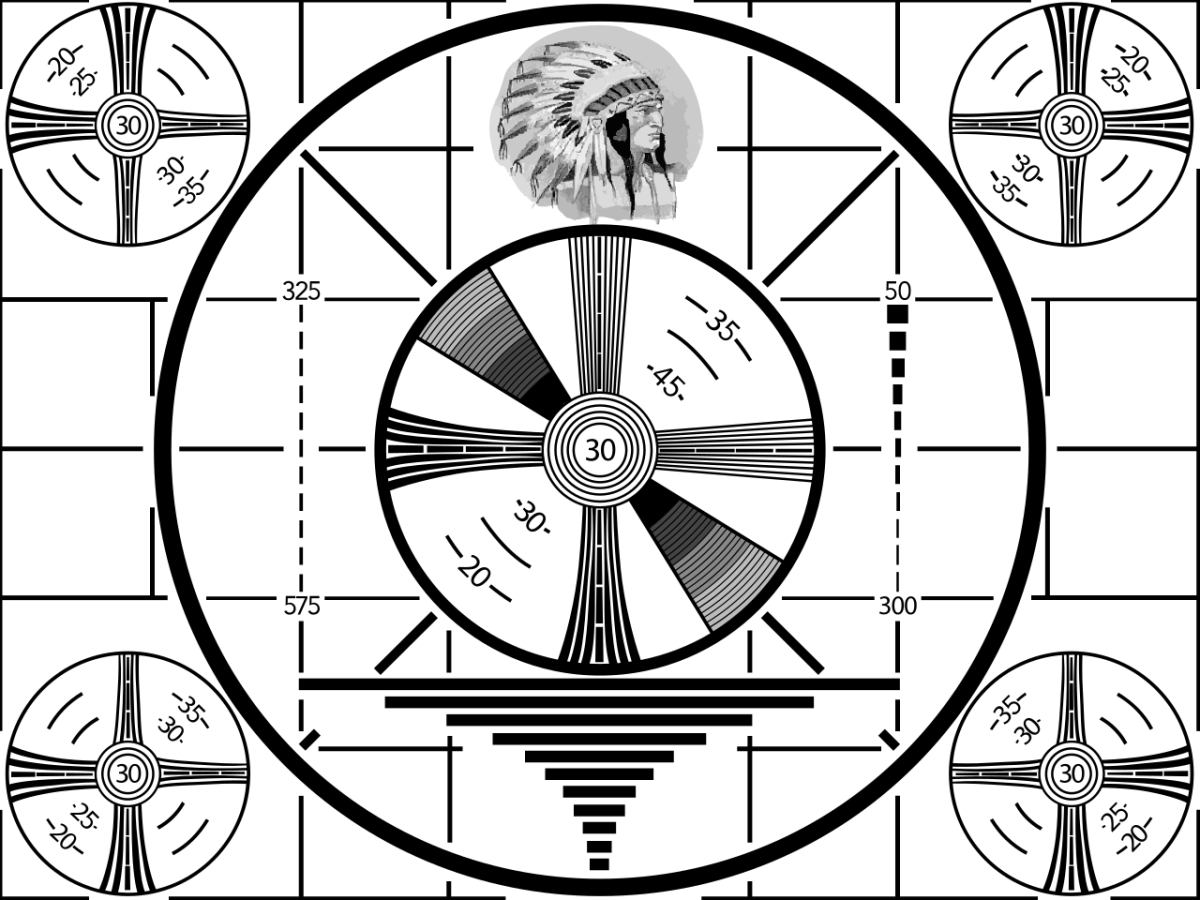The Invention and Future of the Television

The Television, a remarkable machine that has now become so intelligent, you can literally touch the screen and make the magic of applications happen from the heat of your fingertips. Upon powering on the machine, you can watch anything from comedy to drama, horror to action, anything that can be gazed upon will be viewed in some form or another. This is a huge step from the ancient arenas of Roman arenas where you had to be there to view the slaughter, whereas from the comfortable seating of your own home, you can watch every football game from past to present, rewind or fast forward, or simply press live action.
Where did this fantastic technology begin, and when it was invented, what features did it originally have? In the early 1920’s, the television was simply a combination of primitive electronic, mechanical, and optical devices that helped present a simple image on a screen, making use of a CRT, or Cathode Ray Tube. This piece of equipment visually transmitted data that was made possible by the mirror drum, which in 1927 by a Russian inventor, Leon Theremin, achieved a resolution of one hundred lines by interlacing the televisions components. The first televisions however, were black and white, and no color was possible until the trichromatic field sequential system was developed by Guillermo Camarena, a Mexican inventor that had been experimenting with the system for almost a decade.
As the years passed, the television became more and more prominent in people’s homes, but it wasn’t until the first broadcasting network, now known as WNBC, began to transmit television broadcasts that the television industry really picked up speed. After WWII, the commercial buying and selling of television sets began to soar across America, and by 1970, almost every household had one in their home. Through the invention of this meticulously designed viewing machine, the political factions of the United States Government and others around the world were able to begin showing both actions of peace and war, and allowed political parties to speak with the general public directly rather than through postal mail. The television also allowed for businesses to begin conducting advertisements to consumers which in turn sparked direct domestic growth of the nation’s indulging in such technology.
The world saw an amazing change in television with the invention of the plasma to LCD screen, or Liquid Crystal Display Televisions. In 1996, the television made the switch from a regular direct line system to HDTV, as directed by the FCC, and the world’s total consumption of television sets reached one billon, a huge number from the amount just 30 years earlier. Soon after, a great step in television occurred, with the rapidly falling prices of LCD screens, great changes were made to help pixilate video games for consoles such as the PS3 and Xbox 360, along with laptops with the same technology advances, allowing for consumer satisfaction on all levels. It was in this very moment that the face of television around the world changed, with 2010 total sales of LCD screens reaching a spectacular 187 million units.
At the present moment, the world’s various private companies, from Apple and Microsoft to HP, are creating new touch screen systems that are wall mounted flat screens, and some are tables that have multi-dimensional capabilities. There are many different functions that these machines offer, from allowing the viewing of all your up to the minute news, to recharging your mobile accessories. These new machines also allow for daily activities such as photo and video transferring between phone and camera, while still showing you the daily forecast. In this new and technologically advancing world, the television has become an ever integrated part of a human’s life, and in the future, it may just become a part of you, a cyborg of sorts. Who knows for sure, all we really know is this invention was created in the 1920’s, and almost a century later, our world can’t possibly live without them.
If you like this article, you can view a few of my others below:
- Reason: What is it and how does it relate to an individual's life?
What is Reason? This article is a helpful guide to the perceptual reality of Reason, and why we reason with the concept of objects, social issues, and the universe itself. - An Economic World Bank Government, Can it Work?
An article that questions the current governments that function economically, and offers a rather different form of world government. This would allow a world bank to control societies economics with local bank subservience while still maintaining a - Technocracy: A New Society
What is Technocracy, and how will it shape the future of the world? This Article helps to explain its use in an ever changing world and how we as humans can exist peacefully with machines in a centralized computer consciousness.
Popular
Curtis Mathes Line of Production for 1971, Color Televisions, the Beautiful Ones
Vintage Curtis Mathes Advertisements by Glenn Waters Recapturing the Golden age of America Televisions & Stereos
1996 RCA Color Track Plus Color Console G27352DT & Two Amazing 1980s Magnavox Color TV Models BD4137WA13 & EMG361WAC1








